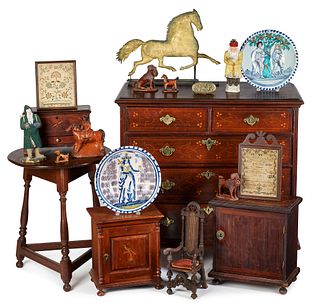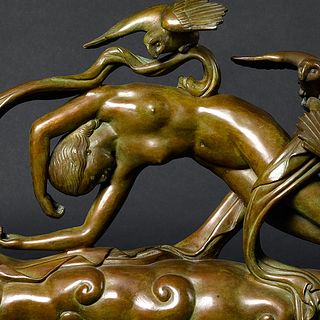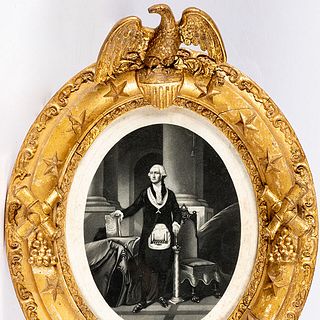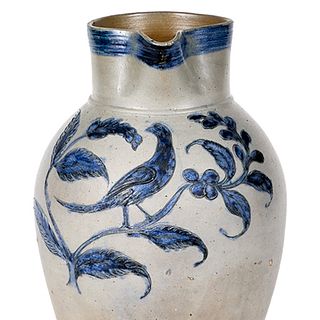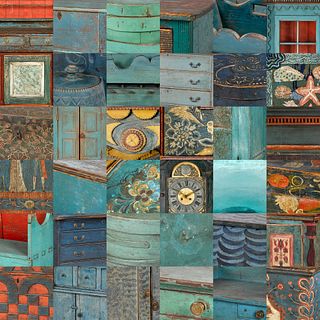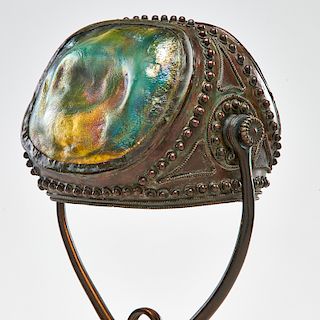How to Buy American Antique Furniture: A Guide for New Collectors
Stephen Fletcher at Skinner shares his insights on beginning to collect antiques and how beneficial it can be for those starting their first homes.
While I’ve heard some say “the golden age of antiques collecting is over,” in fact, it’s not over, and for some, it’s just beginning. There’s so much opportunity out there, especially for twenty- or thirty-somethings just starting out and setting up homes. Many members of this generation remain unaware of the antiques world, and often head straight to Pottery Barn, Restoration Hardware, or IKEA for copies of original items we see here at Skinner every day.
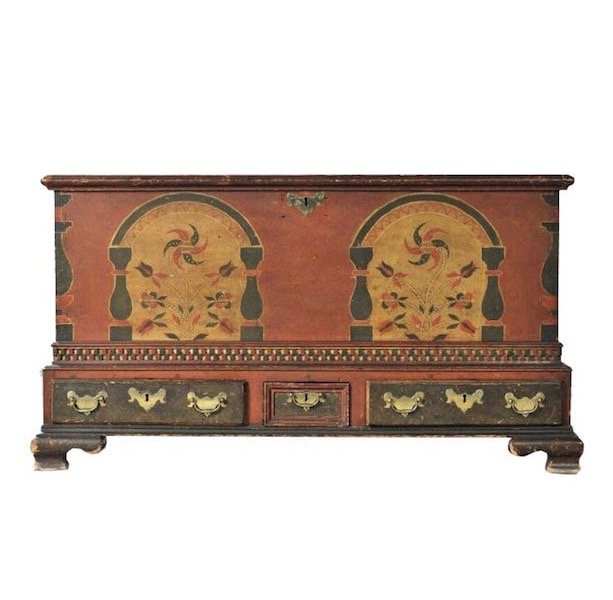
Things don’t need to be this way. With a little information and effort, younger collectors can acquire affordable antique furnishings, and enjoy living with distinctive works of art and antiques instead of cookie-cutter, mass-produced furniture. And they can see a solid return on their investments in the future.
Here’s my advice to young people interested in learning how to collect American antique furniture:
1. Buy Less, Buy Better
It’s a better investment to have a few really good pieces than dozens of mediocre ones. Even if you’re buying on a budget, you should keep this in mind. I’ve seen houses with large collections, but there’s nothing incredible or fantastic. Commonplace items, even those that are hundreds of years old, don’t really go anywhere in the marketplace, no matter how long you keep them.
2. Buy Quality
Beyond that, there’s an argument surrounding quality. When buying antiques at auction you can get solid wood furniture handmade by really gifted artisans for the same amount – or less – than at a brand name, mass-produced furniture store that often sports “distressed” finishes to mimic the character that comes with age and use. Much of the American antique furniture on the market today is an incredibly good buy.
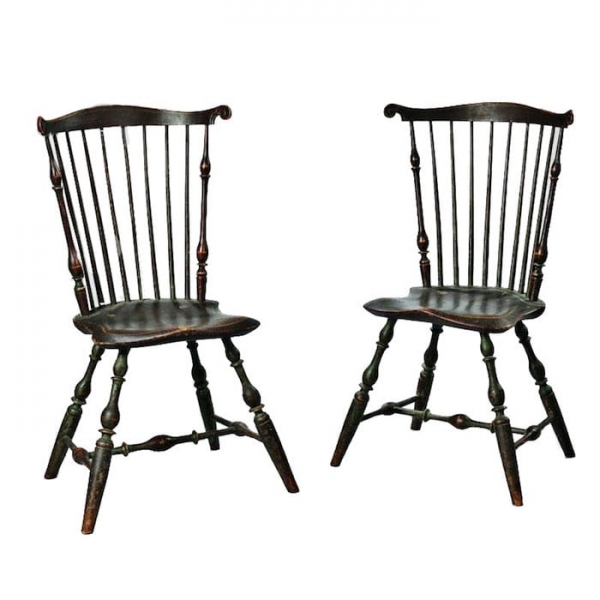
3. Consider Restored Furniture
Also, there’s nothing wrong with collecting restored furniture, as long as you know the details about the restoration and pay accordingly. Let’s say you want to buy an average, attractive Chippendale slant-lid desk that’s made from maple, birch or cherry. If you find one with replaced feet, it’ll cost you a fraction of what a comparable piece in original condition would run. We’re talking between $500 and $1,000 dollars. Not only is that antique desk affordable, it will have people commenting, “What a beautiful old desk.”
4. Trade up
As you learn more, you can trade your early purchases for something of higher quality. Look for a better desk; sell the restored Chippendale. You might get your money back or even make a profit. Who knows! Don’t be afraid of looking at all the things you’ve collected and thinking about what you’ve learned since you bought them. We learn from our mistakes as well as our successes, and there’s no exception to collecting.
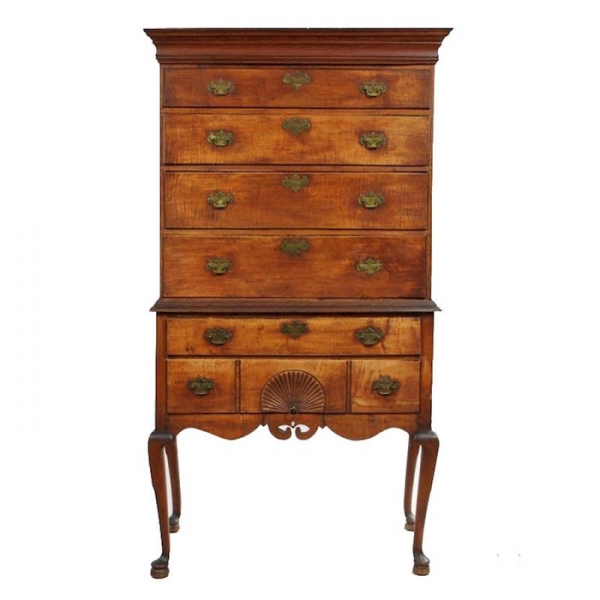
5. Cultivate Your Style
Finally, don’t be afraid to play it slow when you start collecting. The best antique furniture is both beautiful and practical; it takes time to learn what you want and can use. Places like Colonial Williamsburg, Sturbridge Village, Historic Deerfield, and Winterthur all have remarkable programs that teach the latest scholarship about antique furniture and decorative arts. Museums, antique shows, and auction previews are also great places to learn.
Click here to view Skinner's upcoming Country Americana sale on March 15th.
Don't have a Bidsquare account? Sign up here!
Be in the know about upcoming auctions and exciting post-sale results by following us on Facebook and Instagram.
- Rafael Osona Auctions' Modern & 19th Century Design From Nantucket Estates
- Quilts as a 2025 Design Trend: A Celebration of American Heritage and Craftsmanship
- A Celebration of Sports History and Collectibles
- The Thrill of Sports Memorabilia Auctions: A Collector’s Paradise
- Demystifying Coin Condition: A Guide to the Sheldon Grading Scale
- Snoopy & Friends: A “Peanuts” Auction at Revere
- Colorful Chinese Monochromes at Millea Bros
- 12 Holiday Gifts for the “Impossible to Buy For” on Bidsquare
- Alluring Art Objects and Accessories from the Estate of Chara Schreyer
- Kimball Sterling's One-Owner Outsider and Folk Art Collection Showcases Masters of the Unconventional



 EUR
EUR CAD
CAD AUD
AUD GBP
GBP MXN
MXN HKD
HKD CNY
CNY MYR
MYR SEK
SEK SGD
SGD CHF
CHF THB
THB

